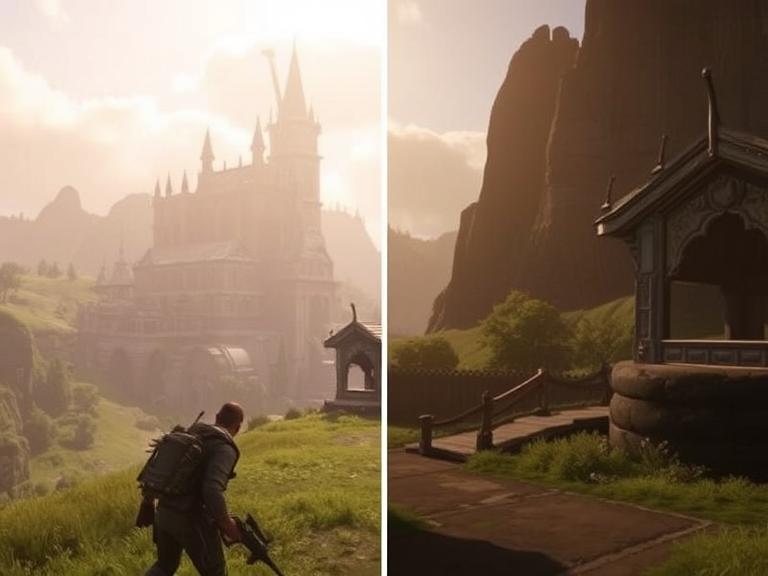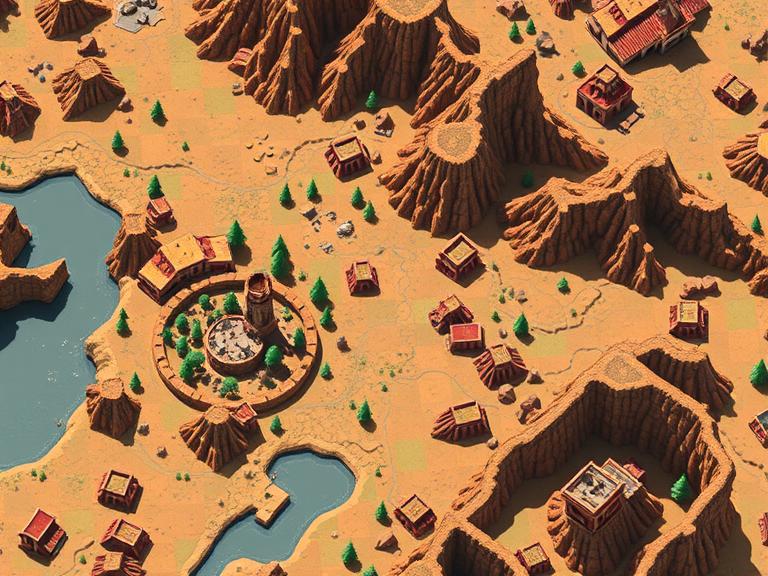Procedural generation has transformed the way developers build game worlds, enabling vast, unpredictable environments without the need to manually craft every detail. From early roguelikes to modern sandbox giants like Minecraft and No Man’s Sky, this technique has become a key element of game design, offering players nearly infinite content and replayability.
At its core, procedural generation uses algorithms to create content based on predefined parameters. This can include terrain, enemy placement, dungeon layouts, and even narrative elements. The result? No two playthroughs are exactly the same, giving players a fresh experience every time they dive in.
One of the biggest advantages is scalability. A small development team can generate massive worlds without spending thousands of hours on manual level design. It also allows for dynamic game systems — enemies that spawn based on player location or items that drop based on performance.
However, procedural generation comes with challenges. Without careful rules and constraints, generated content can feel meaningless or repetitive. That’s why the best games use procedural design with handcrafted elements — striking a balance between randomness and intentionality. For example, Spelunky and Dead Cells both offer randomly arranged levels built from carefully designed building blocks.
When done right, procedural generation enhances exploration, immersion, and surprise. It empowers players to become true discoverers in a world that feels alive and ever-changing. As AI and design tools evolve, the next decade of gaming will likely lean even further into this powerful technique.




